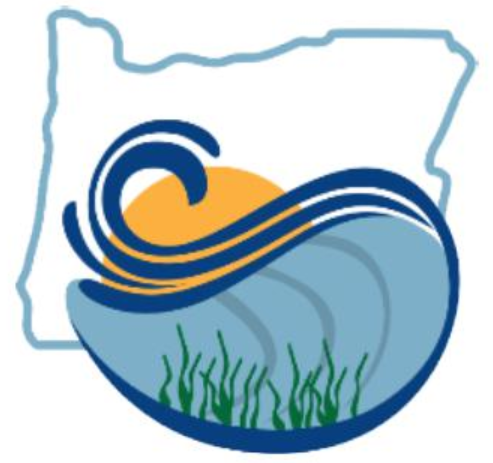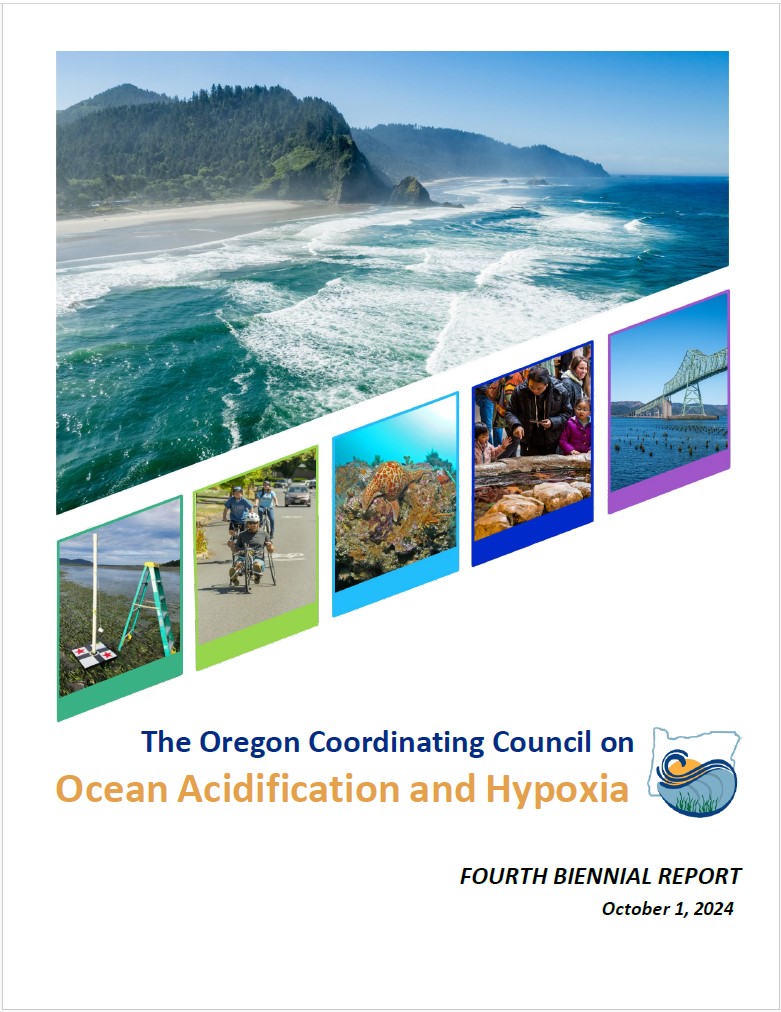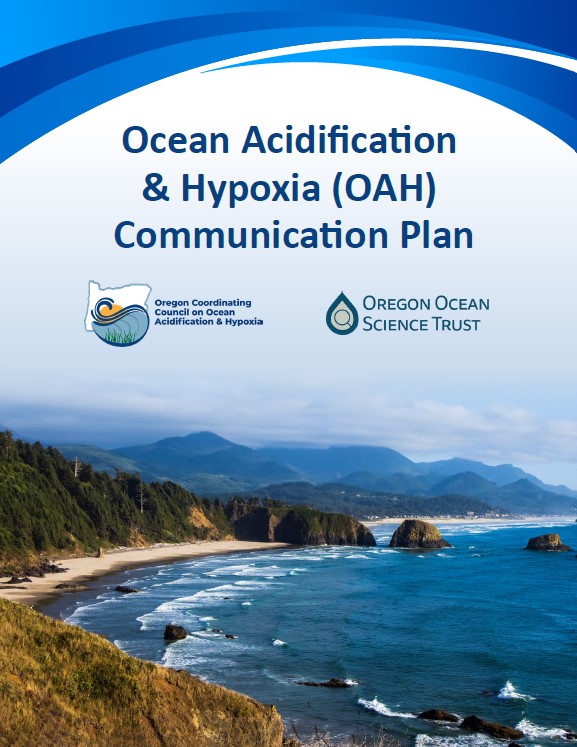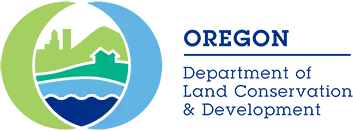About the Oregon Coordinating Council on Ocean Acidification and Hypoxia

Structure
Structure of the OAH Council
- The Governor or the Governor’s designee;
- The director of an initiative for integrative marine studies at Oregon State University or the director’s designee;
- The State Fish and Wildlife Director or the director’s designee;
- The Director of Agriculture or the director’s designee;
- The Director of the Department of Environmental Quality or the director’s designee;
- The Director of the Department of Land Conservation and Development or the director’s designee; and
- Seven members appointed in consultation with the Governor’s office as follows:
-
- One member representing the Oregon Ocean Science Trust, appointed by the executive director of the Oregon Ocean Science Trust;
- One member representing the Sea Grant College of Oregon State University, appointed by the director of the Sea Grant College;
- One member representing a conservation organization, appointed by the Ocean Policy Advisory Council;
- One member representing fishing interests, appointed by the State Fish and Wildlife Commission;
- One member representing the shellfish mariculture industry, appointed by the State Board of Agriculture;
- One member representing the academic research community with relevant expertise, appointed by the scientific and technical advisory committee to the Ocean Policy Advisory Council; and
- One member representing the interests of federally recognized Oregon Indian tribes, appointed by the State Fish and Wildlife Commission in consultation with the Commission on Indian Services.
Council Leadership is specified in Section (3) of the bill:
The State Fish and Wildlife Director or the director’s designee and the director of an initiative for integrative marine studies at Oregon State University or the director’s designee shall serve as co-chairpersons of the coordinating council.
Current Leadership Contact Information
|
Leif Rasmuson Marine Fisheries Research Project Leader Oregon Department of Fish & Wildlife |
Laurie Juranek Associate Professor College of Earth, Ocean, & Atmospheric Sciences Oregon State University |
Melanie Bukovec Ocean Acidification Policy Project Leader Oregon Department of Fish & Wildlife |
Membership
OAH Council Members
Reports and Publications
OAH 2024 Biennial Report
 On October 1, 2024, the fourth biennial report of the OAH Council was published.
On October 1, 2024, the fourth biennial report of the OAH Council was published.
- OAH 2024 Council Biennial Report (Full, without appendices)
Oregon OAH Action Plan
OAH Project Symposium
On April 14, 2023, progress from all HB3114 projects were presented at a first annual Oregon OAH Symposium. With over 80 stakeholders, resource managers, journalists, and invested members of the public in attendance, this event was a great step in spreading awareness and interest in ocean change. A recording of the Symposium is available on YouTube and is embedded below. https://www.youtube.com/watch?v=Q3aAmLTWhhI
OAH Project Reports
In September 2024, final progress reports from the HB3114 projects were shared virtually through recorded presentations that can be found on YouTube.
https://www.youtube.com/watch?v=SUGv5aNHPl8&list=PLLleHsPDijGZlO1pI5Laac1klrtk-S_e2&pp=iAQB
OAH Communication Plan
 HB3114 also funded a project that developed a communications toolkit and implementation plan. This project inspires key audiences to act to reduce the projected trajectory of ocean and climate change and build a more resilient future through OAH mitigation and adaptation planning and policy. Rooted in social science, these materials advance the ability of OAH scientists to communicate about their important work. Having identified key audiences and developed messaging relevant to those target groups, the OAH Council can now communicate more effectively about the science behind OAH and solutions to address the impacts on the livelihoods of Oregonians. These communications increase civic readiness, such that members of each target audience sector are prepared - when opportunities arise - for legislative and/or community-based action.
HB3114 also funded a project that developed a communications toolkit and implementation plan. This project inspires key audiences to act to reduce the projected trajectory of ocean and climate change and build a more resilient future through OAH mitigation and adaptation planning and policy. Rooted in social science, these materials advance the ability of OAH scientists to communicate about their important work. Having identified key audiences and developed messaging relevant to those target groups, the OAH Council can now communicate more effectively about the science behind OAH and solutions to address the impacts on the livelihoods of Oregonians. These communications increase civic readiness, such that members of each target audience sector are prepared - when opportunities arise - for legislative and/or community-based action.


